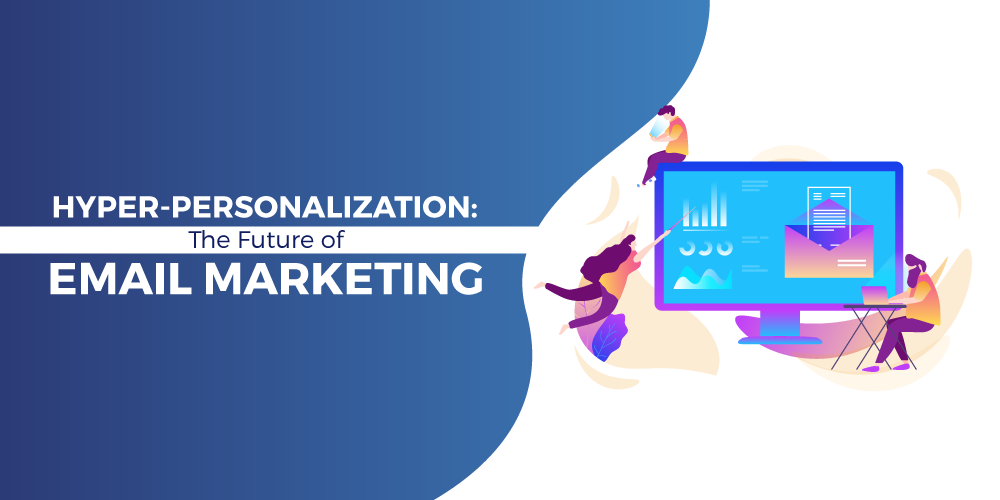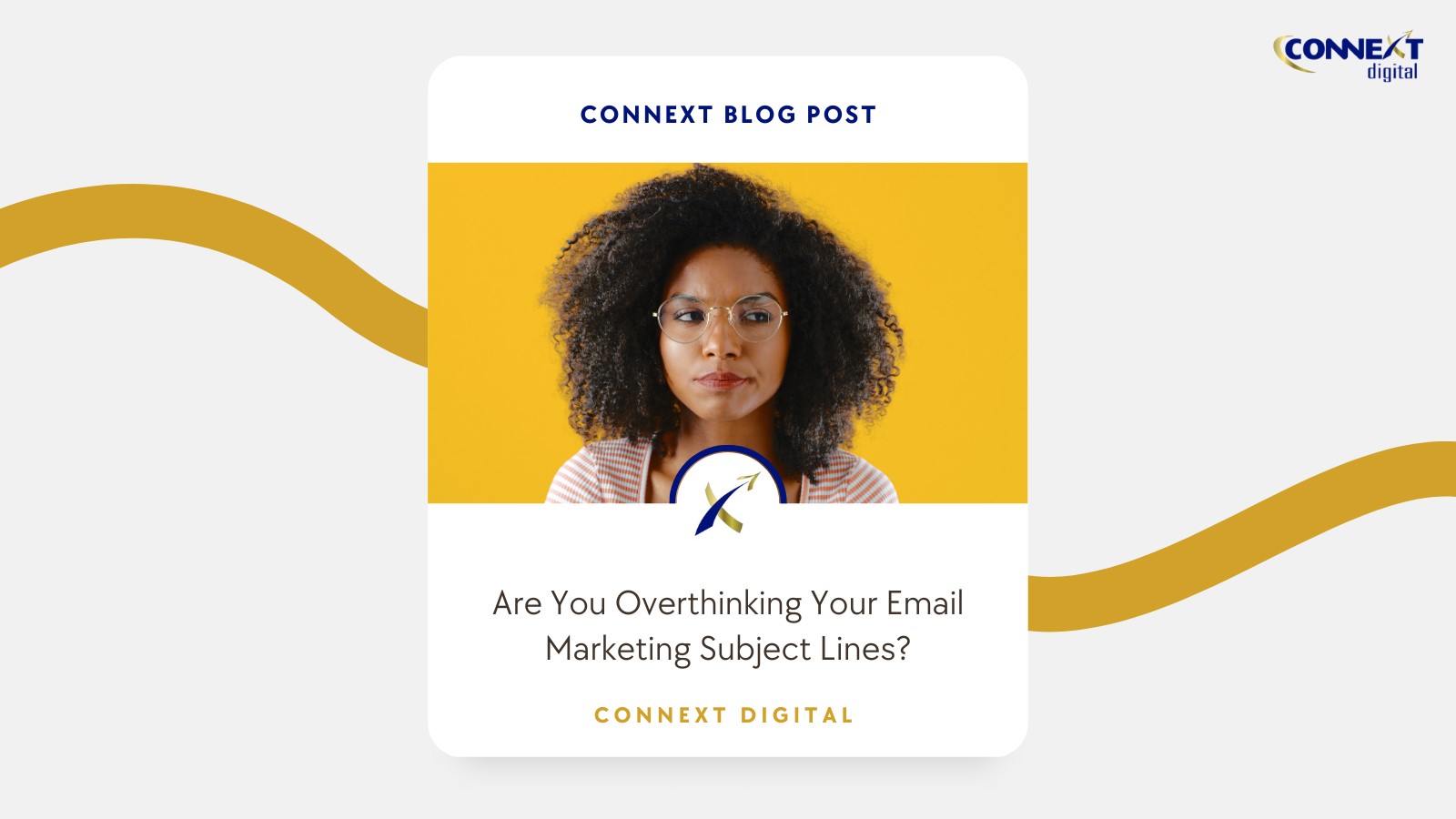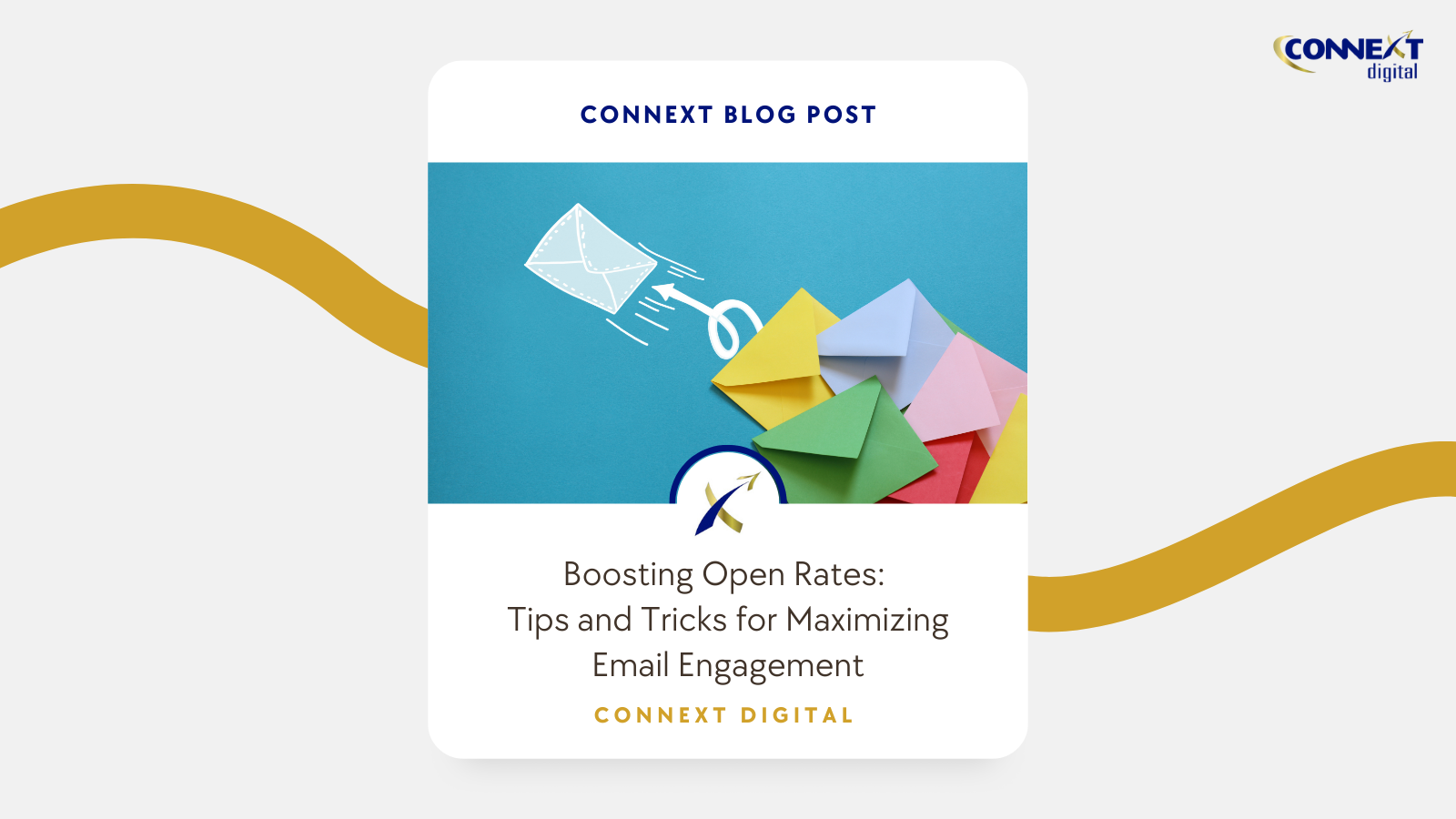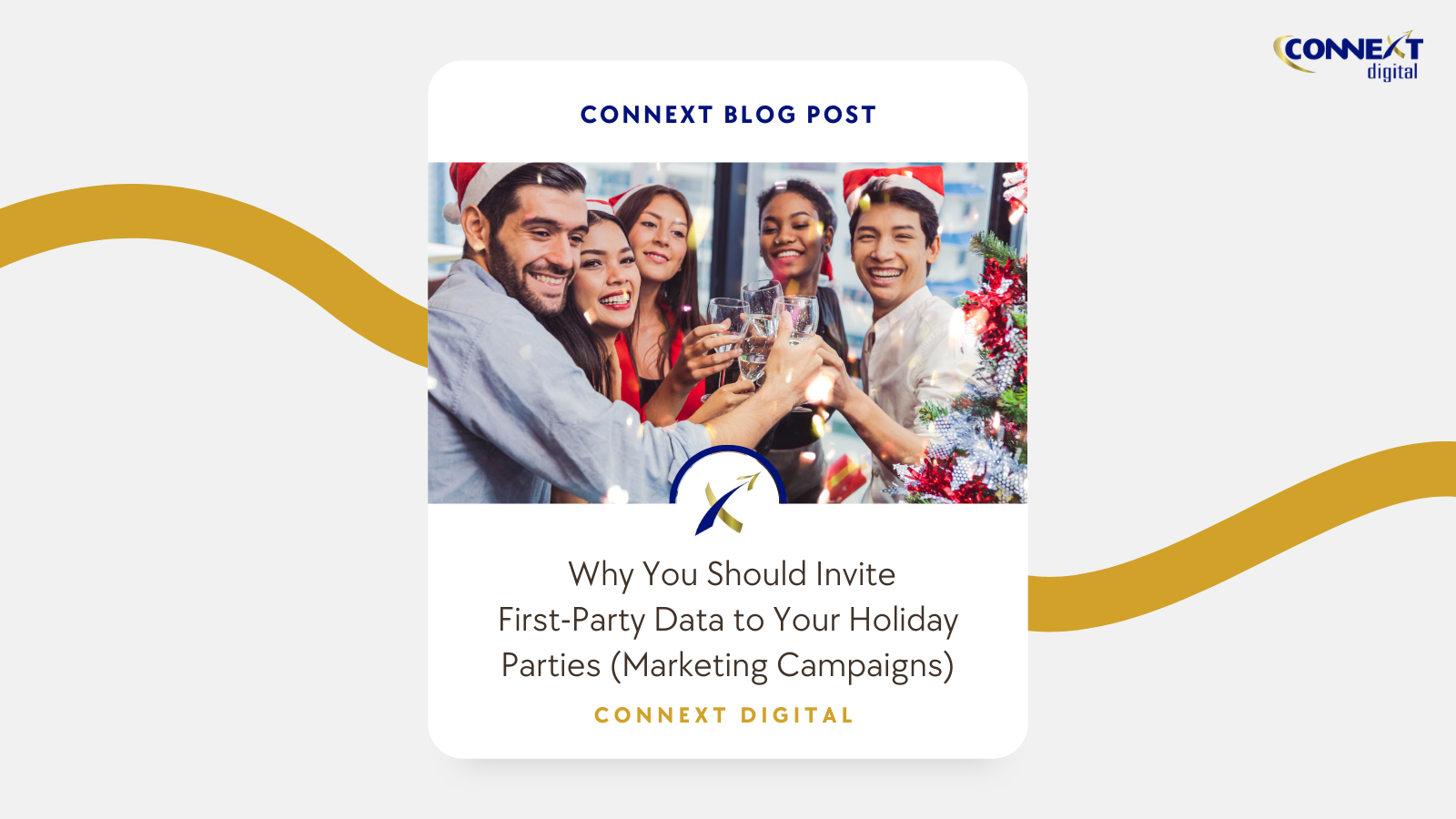
Hyper-Personalization: The Future of Email Marketing
As modern digital marketing technologies get newer and bolder, the age-old tool that is email remains one of the best and most cost-effective channels to reach customers on a massive scale.
Statistics say the number of global e-mail users reached 3.8 billion in 2018, and may still increase to an astonishing 4.4 billion in 2023. With these numbers, imagine how well you can expand your audience reach if you do your campaigns right—which brings us to the next point.
Nowadays, email marketing is designed to help you target your audience in more powerful ways as a result of the channel evolving with more capabilities. Take hyper-personalization, for instance, which takes things a notch above personalized email marketing. Through hyper-personalization, your email marketing strategy has the potential to make a greater impact on customer experience, which can ultimately drive success for your business goals.
Why should you hyper-personalize?
Hyper-personalized emails are attractive to customers due to the benefits they offer:
- Reduced effort in the buying process – It’s easy for customers to find what they’re looking for when their customer’s journey map is simple and well-coordinated. From marketing to shopping and the actual delivery of services, each process should support a seamless customer experience.
- Less risk of choice overload – Instead of serving customers with an overwhelming range of options—which causes 39% of consumers to abandon their shopping carts—hyper-personalized emails only offer the most relevant recommendations for them based on their purchase history or personal preferences.
- Time-saving factor – There’s so much content out there, which can make it difficult for customers to focus on a single piece of content long enough. Hyper-personalization in your emails makes your message stand out since you can tailor its content, appearance, and other parameters to what your customers would like to receive in their inbox.
Ready to implement a hyper-personalized email marketing strategy? Here are some ideas to help you do it well:

Hyper-Personalization in Email Marketing: Going Above and Beyond Traditional Personalization
Email marketing keeps getting better by the minute, as strategies shift from personalization to hyper-personalization. This newer, deeper level of personalization builds on the effectiveness of engaging customers with targeted email campaigns and then making significant improvements where personalization falls short.
Here are the most notable distinctions between personalization and hyper-personalization in email marketing:
-
What tools make them work?
Personalization – This relies on basic/static customer data, such as name, location, organization, or past purchases to deliver email marketing messages to users.
Hyper-personalization – This technique taps into intelligent machines and technologies to analyze any given data from any channel at various customer touchpoints, helping your marketers communicate with customers through highly contextualized content.
-
What can you use them for?
Personalization – This is good for including transactional information into your communication with customers. While sending emails that address customers by their first name is a form of personalization, the use of customer profiles in this situation doesn’t give much insight on how you can use content to drive customer engagement.
Hyper-personalization – Since hyper-personalization digs deep into the finer details of customer behavior—such as their browsing activity, the device used, and the like—hyper-personalization can help you improve your messaging through optimized ads or content. This gives your content a more human factor and helps you establish a personal connection with prospects.
When it comes to campaign performance, basic personalization techniques aren’t as impactful as hyper-personalized email marketing. The former lacks depth and context, whereas the latter is geared toward delivering highly targeted, customized, and relevant content and experiences to users.
How to Hyper-Personalize Your Marketing Emails
-
Streamline your data collection techniques
This process doesn’t only involve asking for basic customer information, such as name and email address, but it also requires looking at real-time customer data. You may want to track which product pages consumers are browsing, the keywords they’re using, what time they’re usually on your site, and so on, so that you can better tailor the content and delivery method of your emails.
It’s also crucial that you know when to ask for what information. For example, you may want to wait for your leads or prospects to sign up first via your opt-in form before asking them for more personal information such as their topic of interest, challenges, or goals. Reserve these things for your welcome email instead, once your prospects have completed registering at your site. Chances are, they’ll be a lot more likely to provide more information once they’ve seen what you can offer.
-
Captivate your target market with dynamic text
Dynamic text refers to text that changes based on customers’ personal data. Instead of simply adding a subscriber’s name into the subject line, consider a more hyper-personalized approach by including statistics or other historical data into the mix.
This technique can be a great way to let customers know that you care about how well they’re progressing in using your product or service and that you’re sending the email to keep them informed. This should also encourage them to continue engaging with your brand’s email marketing efforts.
-
Optimize for mobile
Mobile device usage isn’t wavering at all. In fact, 58% of consumers use their mobile to open marketing emails, which calls for you to design emails that are suitable for mobile viewing. Mobile-friendly, hyper-personalized emails can increase your open and click-through rates and help you avoid getting unsubscribes from a large segment of the consumer market.
Here are some tips to keep in mind:
- Choose a single column layout over a two-column template, since the latter will require a lot of scrolling and zooming to read your content.
- Keep it simple with your CTA. When it comes to mobile, less is more. Use one clear, short, and sweet CTA to direct users to what they need to do next to access more information, redeem an offer, and so on.
- Avoid overusing images. Few companies can nail incorporating a lot of visuals in a single email, so use images with caution. Make sure they stack neatly, load fast, and if necessary, contain descriptions to the images for mobile devices that turn off images by default.
- Use the right size of font, which is normally 14 points for the body text and 21 points for the headline.
-
Automate your workflows
The most significant advantage you can get from hyper-personalization is being able to target and engage users at every touchpoint so that you can ultimately convert them when they’re ready.
Automation tools enable you to design workflows where a specific action from customers triggers a relevant follow-up email. For example, someone who finishes a free online course on your website could be sent a hyper-personalized email where you ask for feedback, including a downloadable PDF of the course module, or include links to other related courses.
From the user’s perspective, this hyper-personalization method is really helpful since you’re providing options on what they can do next to make the most of the experience they had with your brand.
Future-Proof Your Email Marketing
Email marketing is poised to become more powerful through hyper-personalization techniques, where you tailor campaigns that provide the best customer experience possible. With customer data and advanced technologies within easy reach, you should be able to bring your email marketing game a step further.
Want to maximize your email campaign growth and conversion rate? Start hyper-personalizing your emails!





